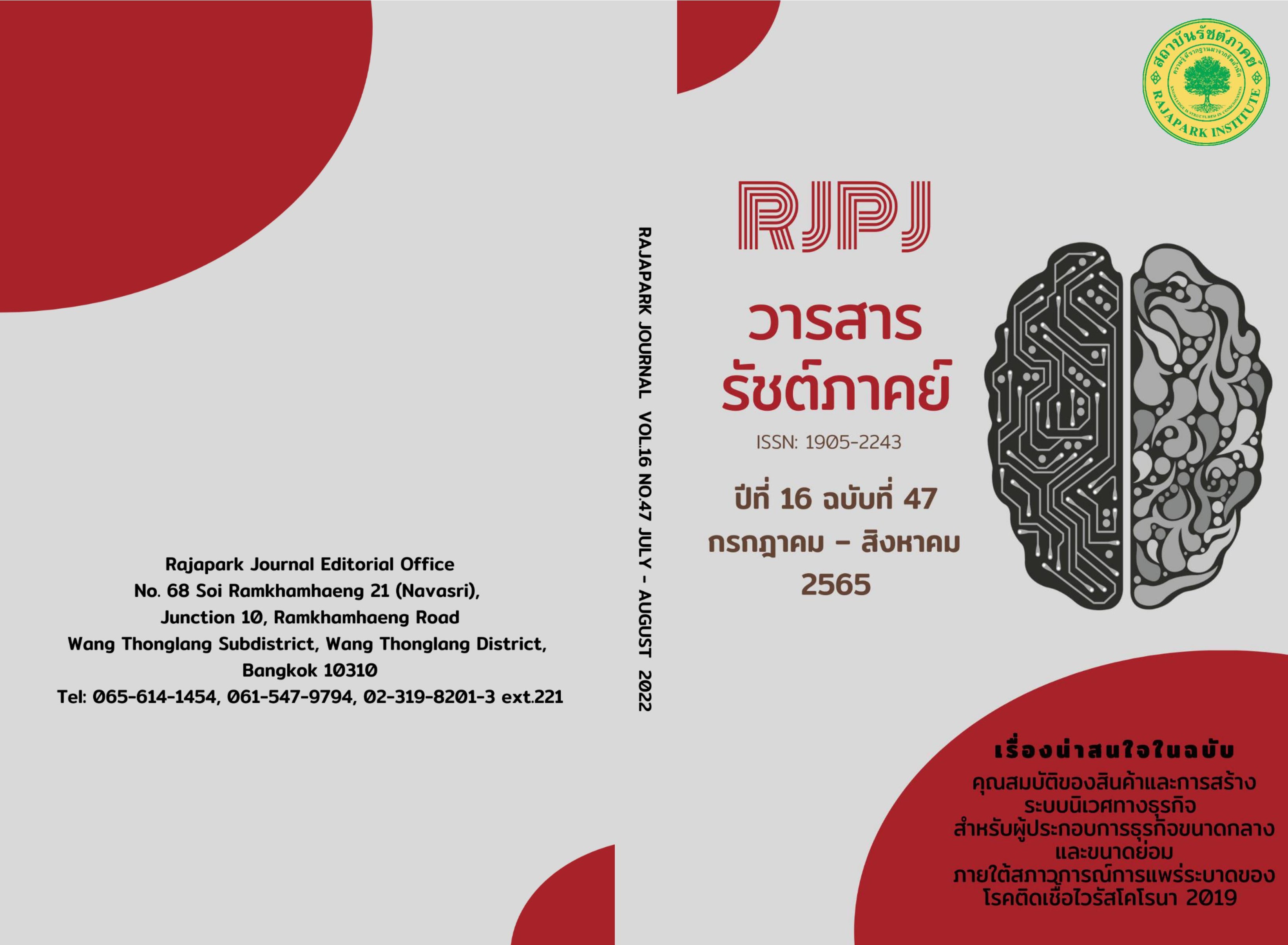Development for Attribute of Students by Using Training Thai Performing Arts Khon’s Srinakharinwirot University Prasarnmit Demonstration School: Grounded Theory
Main Article Content
Abstract
The objectives of this study were to explain the process related to the development for attribute of students who have trained in Khon Thai performing art, and to explain the attributes of students who have trained in Khon Thai performing art in Srinakharinwirot University Prasarnmit demonstration school. This qualitative methodology was applied through Grounded Theory. The key informants had four groups, such as, students, teachers, parents, and others. The data was collected by in-depth interview with nonparticipant observation. The results were found as follows: 1. The process of attribute development was divided into three stages: (1) the pre-performing stage had seven processes; (2) the between performing stage had two processes; and (3) the after performing stage had two processes. These three stages had totally eleven processes, and 2. The desirable attributes of students consisted of three dimensions; (1) internal attributes, such as self-management, self-regulation, self-responsibility, and gratitude; (2) external attributes, such as dignified personality, social accountability, positive relationships with others, and acts of perseverance; and (3) skills, such as expertise and proficient.
Article Details

This work is licensed under a Creative Commons Attribution-NonCommercial-NoDerivatives 4.0 International License.
Views and opinions appearing in the Journal it is the responsibility of the author of the article, and does not constitute the view and responsibility of the editorial team.
References
Berns, R. M. (2010). Child, Family, School, Community: Socialization and Support (8th ed.). Wadsworth.
Chansuwan, S. (2005). Thai Traditional Choreography: Differences Between the Male Character of Khon and Lakhon Dance. SPAFA Journal, 15(2), 45-55. https://www.spafajournal.org/index.php/spafa1991journal/article/view/126
Charmaz, K. (2000). Grounded Theory: Objectivist and Constructivist Methods. In the Handbook of Qualitative Research. edited by N. K. Denzin and Y. Lincoln. Sage Publications. http://qualquant.org/wp-content/uploads/text/Charmaz%202000.pdf
Henslin, J. M. (2010). Sociology: A down-to-Earth Approach Core Concept (4th ed.). Pearson.
Phiphatphokphon, T. (2013). Character Value of Khon’s (2nd ed.). Advance Graphy.
Robinson, M. R. (2003). The Effects of Socialization Through the Arts: Teaching Life Skills Strategies to Youth in West Las Vegas[Doctoral Dissertation, University of Nevada].
Sirvisalsuwan, T. K. (2016). The High Art of Khon: The Case Study of Khon Student at Mahaphabkrajadthong U-Pathum School, Samutpakan Province. Institute of Culture and Arts Journal, Srinakharinwirot University, 17(2), 104-112. https://so02.tci-thaijo.org/ index.php/jica/article/view/99318/77186
Srinakharinwirot University Prasarnmit Demonstration School (Secondary). (2014). The Royal Khon Performances under the Patronage of Her Royal Majesty Queen Sirikit: Phar Lakshmi Seeda Show. Srinakharinwirot University Prasarnmit Demonstration School.
Vanindananda, N. (2002). Teaching Material WP-581: Socialization and Human Development. Behavioral Science Research Institute, Srinakharinwirot University.
Vygotsky, L. V. (1978). Mind in Society: The Development of Higher Psychological Processes. by Cole, M., John-Steiner, V., Scribner, S., & Souberman, E. (eds.). Harvard University.


